Results
7 results found
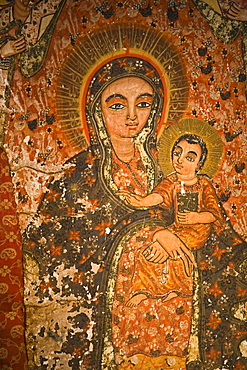
Early 12th Century Frescoes in Bet Maryam, St. Mary's Church, Lalibela, Ethiopia, Africa *** Local Caption *** Lalibela and its rock-hewn churches rank among the greatest religio-historical sites not only in Africa but in the Christian World
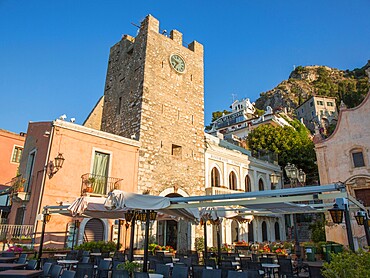
View from Piazza IX Aprile to the 12th century clock tower, Torre dell'Orologio, early morning, Taormina, Messina, Sicily, Italy, Mediterranean, Europe
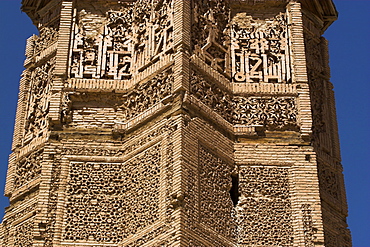
One of two early 12th century minarets built by Sultan Mas'ud 111 and Bahram Shah, that served as models for the Minaret of Jam, decorated with square Kufic and Noshki script, Ghazni, Afghanistan, Asia
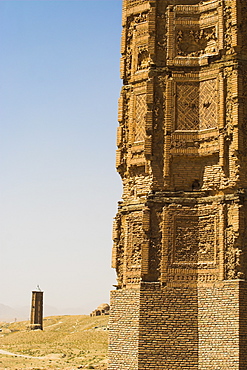
Two early 12th century minarets built by Sultan Mas'ud 111 and Bahram Shah that served as models for the Minaret of Jam, Ghazni, Afghanistan, Asia
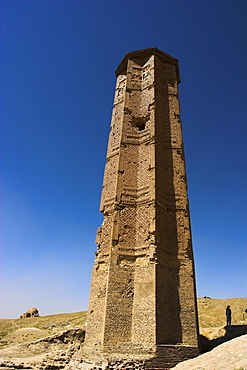
Man looking at Minaret of Bahram Shah one of two early 12th century minarets, Ghazni, Afghanistan, Asia

Early 12th century reliefs with later additions, in the gallery showing the Thais marching as allies of the Khmer army, Angkor Wat, Angkor, UNESCO World Heritage Site, Cambodia, Indochina, Southeast Asia, Asia
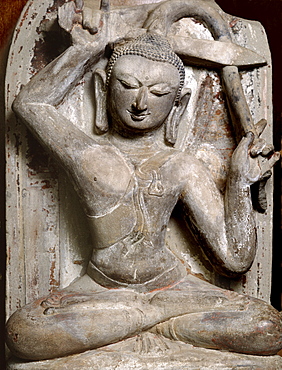
Statue dating from the late 11th or early 12th century AD of Prince Siddhartha cutting his hair, Bagan Museum, Bagan (Pagan), Myanmar (Burma), Asia
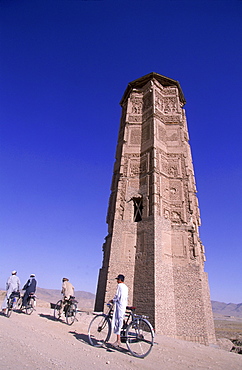
Men and boys on bikes ride past a towering, ancient minaret, outside of Ghazni, Afghanistan, October 1, 2002. Made of brick decorated with Kufic and Naksh Script and floral motifs, the minaret dates back to the early 12th century and was built by Sultan Masud III of the Ghaznavid Dynasty, who ruled over an empire encompassing much of Afghanistan, Northern India, Persia and Central Asia. The minaret was once three times as tall as its current 70 feet, and is thought to have been part of a large mosque complex. Now an important truck stop on the road to Kandahar, Ghazni, located on the Lora River at the elevation of 2,225 meters, is the capital of Ghazni province and is a market for sheep, wool, camel hair cloth, corn, and fruit-it also continues to be a haven for Taliban insurgents.

Afghan men pause on the road with an ancient brick minaret and many shrines in the background, outside of Ghazni, Afghanistan, October 1, 2002. Made of brick decorated with Kufic and Naksh Script and floral motifs, the minaret dates back to the early 12th century and was built by Sultan Masud III of the Ghaznavid Dynasty, who ruled over an empire encompassing much of Afghanistan, Northern India, Persia and Central Asia. The minaret was once three times as tall as its current 70 feet, and is thought to have been part of a large mosque complex. Now an important truck stop on the road to Kandahar, Ghazni, located on the Lora River at the elevation of 2,225 meters, is the capital of Ghazni province with a population of 35,900, and is a market for sheep, wool, camel hair cloth, corn, and fruit, and continues to be a haven for Taliban insurgents.

Men on bikes ride past an ancient brick minaret toward the old walls and citadel of the town of Ghazni, Afghanistan, October 1, 2002. Made of brick decorated with Kufic and Naksh Script and floral motifs, the minaret dates back to the early 12th century and was built by Sultan Masud III of the Ghaznavid Dynasty, who ruled over an empire encompassing much of Afghanistan, Northern India, Persia and Central Asia. The minaret was once three times as tall as its current 70 feet, and is thought to have been part of a large mosque complex. Now an important truck stop on the road to Kandahar, Ghazni, located on the Lora River at the elevation of 2,225 meters, is the capital of Ghazni province with a population of 35,900, and is a market for sheep, wool, camel hair cloth, corn, and fruit.